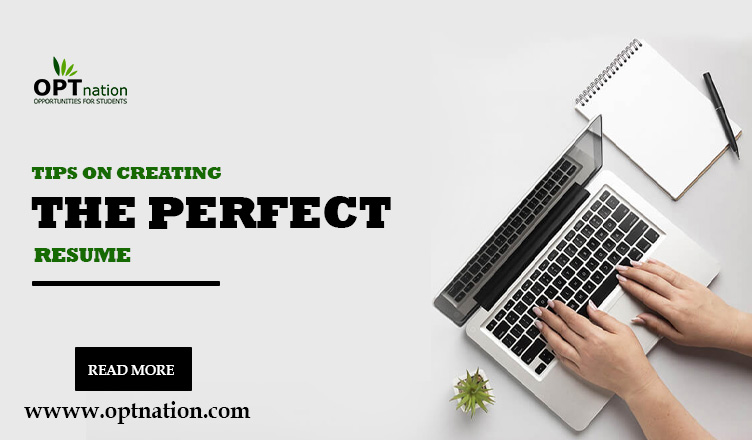Your resume is more than a piece of paper or computer file; it gives prospective employers their first impression of candidates. With fierce job competition out there you need a way to stand out from the rest—and no, this doesn’t mean using an example from the hit movie Legally Blonde.
You’re not going to impress anyone using lavender-scented stationery to create your perfect resume. While there’s no doubt your resume will stand out, it will be memorable for the wrong reasons. Here are a few tips on creating a solid resume that will help you land the job you’re looking for.
Choose the Right Resume Template
There’s no shortage of free resume templates, but this isn’t a case of one size fits all. You want to use the right template for the job you’re applying for. Recent college grads who often do not have a ton of prior work history may want to use a functional resume template. A functional resume focuses more on your skills than your prior professional experience.
If you have plenty of past work experience to show off, consider using a chronological resume template. This type of resume highlights your experience, listing your work history in chronological order. Some job candidates fall in the middle of the two types of templates. If this applies to you, use a combination resume template. You can highlight both your skills and work experience.
Tips on Writing the Perfect Resume
Yes, a resume is all about you, but there is a right and wrong way to highlight your skills and experience.
Start with Your Personal Information
At the top of the resume, make sure to include your personal information, including your name, address, contact information, and email address. Don’t hide this information in your resume; you want to make it easy for the potential employer to contact you for a sit-down interview.
Next Comes Your Professional Summary
After your personal information, create a paragraph or two summarizing your professional identity. Your professional identity can be your current job title, relevant degrees, and skills related to the position you’re applying for.
Don’t go overboard with descriptive phrases in the summary—keep it short and concise for easy readability. Most employers are not going to spend hours reading through every resume, so only include information relevant to the job.
Summarize Your Professional Experience
In this section, you want to detail your prior work experience. Go ahead and list your previous employers, along with your positions, job responsibilities, and accomplishments.
A good tip is to list your previous jobs using a bullet list, since this will make it easier for the hiring manager to scroll through your work history. Don’t forget to include starting and ending dates. You can also list reasons for leaving each company.
Include Your Skills, Awards, and Certifications
In the final sections list your skills and any awards or certifications you hold, which is also when you want to highlight your personality. Some examples to include are any volunteer work you may be a part of, along with your interests and hobbies.
Make Creating the Perfect Resume Easier with a Template
You don’t have to use a resume template, but it will help significantly simplify and streamline the process. With all the important fields already included, you know exactly where to put the information.
You also get a polished-looking resume that will help you stand out from the other job applicants.
Resume Dos and Don’ts
Creating a perfect resume involves not only knowing what to include but also what to avoid. Here are some essential dos and don’ts to ensure your resume shines:
Dos:
- Do Keep It Concise: Aim for a one-page resume, especially if you have less than ten years of experience.
- Do Use Action Words: Start bullet points with strong action verbs to make your accomplishments more impactful.
- Do Quantify Achievements: Include specific metrics to demonstrate the results of your work.
- Do Tailor for Relevance: Customize your resume for each job by emphasizing relevant skills and experiences.
- Do Proofread: Carefully review your resume for spelling and grammar errors to maintain a professional image.
Don’ts:
- Don’t Include Irrelevant Information: Omit personal details, like age or marital status, and unrelated job experiences.
- Don’t Use Unprofessional Email Addresses: Use a professional email address for contact.
- Don’t Overload with Jargon: Avoid industry-specific jargon that the hiring manager might not understand.
- Don’t Overdesign: Keep the formatting clean and easy to read; avoid excessive use of colors and fonts.
- Don’t Lie or Exaggerate: Honesty is crucial; avoid false claims or overblown achievements to maintain your credibility.
Tailoring Your Resume for Specific Jobs
Customizing your resume for each job application is a vital step in creating the perfect resume. A tailored resume aligns your qualifications, skills, and experiences with the specific job you’re pursuing, significantly improving your chances of success. It demonstrates your genuine interest, relevance, and compatibility with the role and the company.
Start by researching the job posting and the company to understand the job requirements and the organization’s culture. Highlight the required qualifications and skills while personalizing your opening statement to showcase your interest in the position and your alignment with the company’s values.
When adapting your resume content, prioritize and emphasize skills and qualifications that directly match the job. Use specific examples to demonstrate your abilities. Tailor your work history by focusing on experiences and achievements that are relevant to the job, and adjust the presentation of your educational background and certifications to make them pertinent to the role.

